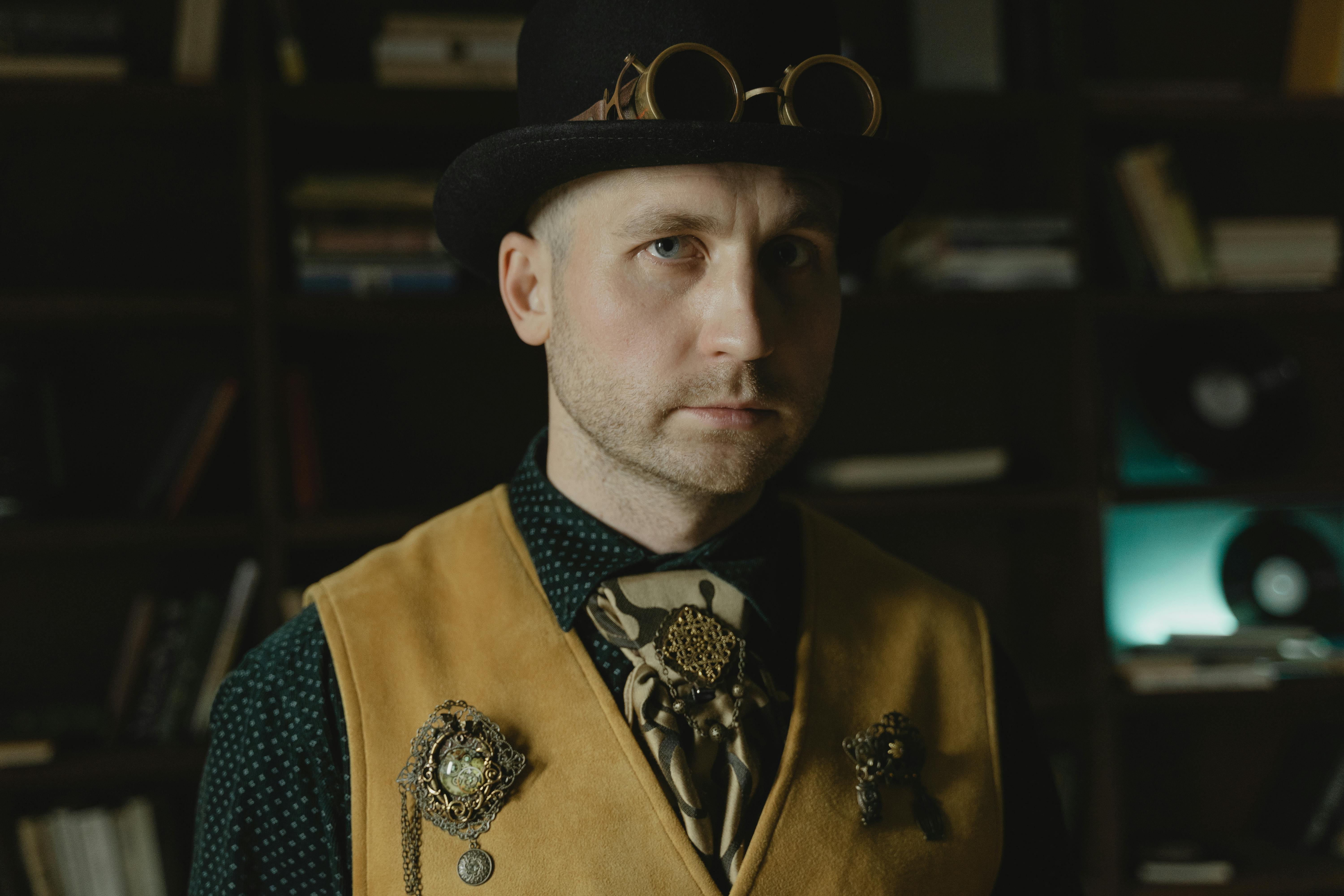Dr. John Kappas, PhD, was a hypnotherapist and founder of the Hypnosis Motivation Institute located in Tarzana, California. The core of his teachings is primarily Freudian but he holds to a universal esoteric concept of duality and opposition. This article will mainly deal with the concept of that duality, how it develops in the child and how we can then predict an individual’s motivations in our own everyday relationship.
John Kappas identified that in every relationship there are two types of personality, one that builds an emotional wall and is more distant than the other, and a second that is much more insecure, requiring more frequent reassurances from the first. This dichotomy runs from childhood, and we can see how deeply it is embedded in our subconscious as we begin to delve deeper into studies of this pattern of predictable behavior. It is important to note from the following explanation that no person is 100% of any one personality type, but in every relationship each person leans towards a particular type. This is true in business relationships, romantic relationships, and friendships.
From birth to about nine years of age, a child is primarily influenced by their primary caregiver, usually the mother or mother figure. We know that a child is a learning sponge during these more “impressionable” years, so this is the time when a child develops her suggestion, her learning style, if you will. If the mother speaks directly to the child, telling him exactly what she wants from him, then he will begin to learn directly, assuming that when someone says something, it is exactly what that person wants. There should be no inference required. However, if the mother speaks to the child inferentially, asking her to try to figure out what she really wants from him, then she will learn in the same way, analyzing everything before accepting it as the truth.
During his adolescent years, approximately between the ages of ten and fifteen, the child observes the interaction between the mother and father figures. Let me digress for a moment and try to explain this in the same way that Dr. Kappas does. The basic instinct of any organism is to survive. The more complex the nervous system, the more options the body has in determining what will keep it alive. Human beings, who have a more complex system, developed a subconscious and many of our motivations are subconsciously and “instinctively” driven. During the first nine years of a child’s life, the life-giver was the mother figure and had his undivided attention. Subconsciously, the child matches the attention of the Mother in giving life. If he doesn’t have her attention, he won’t live. All of this is subconscious, occurs behind the scenes, and is therefore not critically analyzed by the individual (ie, he does not know that he is thinking about it). As the child grows older and begins to assert his autonomy, he perceives the father figure as competing for the Mother’s attention. Seeing how the Father interacts with the Mother helps the child learn how he must interact with the Mother in order to get her attention and therefore continue to live. This time period is typically in the teen years of ten to fifteen.
This is how the universal concept of opposites comes into play. If a person learns by inference, he will express himself directly. If a person learns directly, it will be expressed inferentially. We learned that if the mother expresses directly, then the child learns directly. So, by the rule of opposites, if the mother expresses herself directly, it naturally follows that she learns by inference. And if she learns by inference, she’ll naturally be more attracted to someone who speaks by inference and allows her the opportunity to analyze statements. So if the child directly learns and imitates the father, which we have now determined that she will express inferentially, the child will also express inferentially to get the mother’s attention. In short, the child will look for people more similar to her mother to interact with. Daughters don’t necessarily grow up to marry someone like their father. Most of the time, that person is much more like her mother.
Dr. Kappas differentiated the two personality types with the labels Emotional and Physical, or Emo and Phys, and sometimes just E and P. The Emotional person is the person in the relationship who most often builds the emotional wall to protect themselves from the vulnerability. , while the physical person requires constant reassurance in any relationship and will often feel physical pain when emotionally injured. Likewise, it is the Emotional person who will learn inferentially, analyzing everything to protect themselves from vulnerability, while the Physical person often seeks comfort through complements or adoration of some kind.
Predicting another person’s behaviors depends solely on first looking at their traits, determining their suggestibility, and then, with a full understanding of that person’s emotional and physical behaviors, uttering an anticipated reaction from that person. For more information, consider reading the suggested books below.
Other reading
Professional Hypnotist’s Manual John Kappas
John Kappas Relationship Strategies: The E&P Pull




